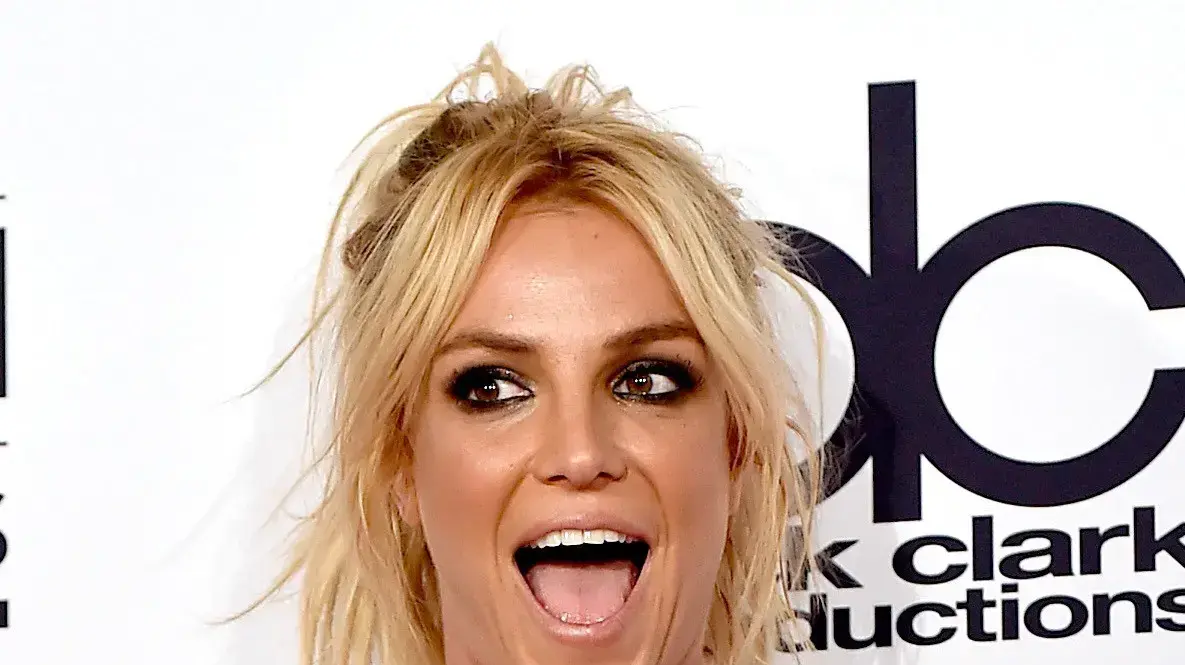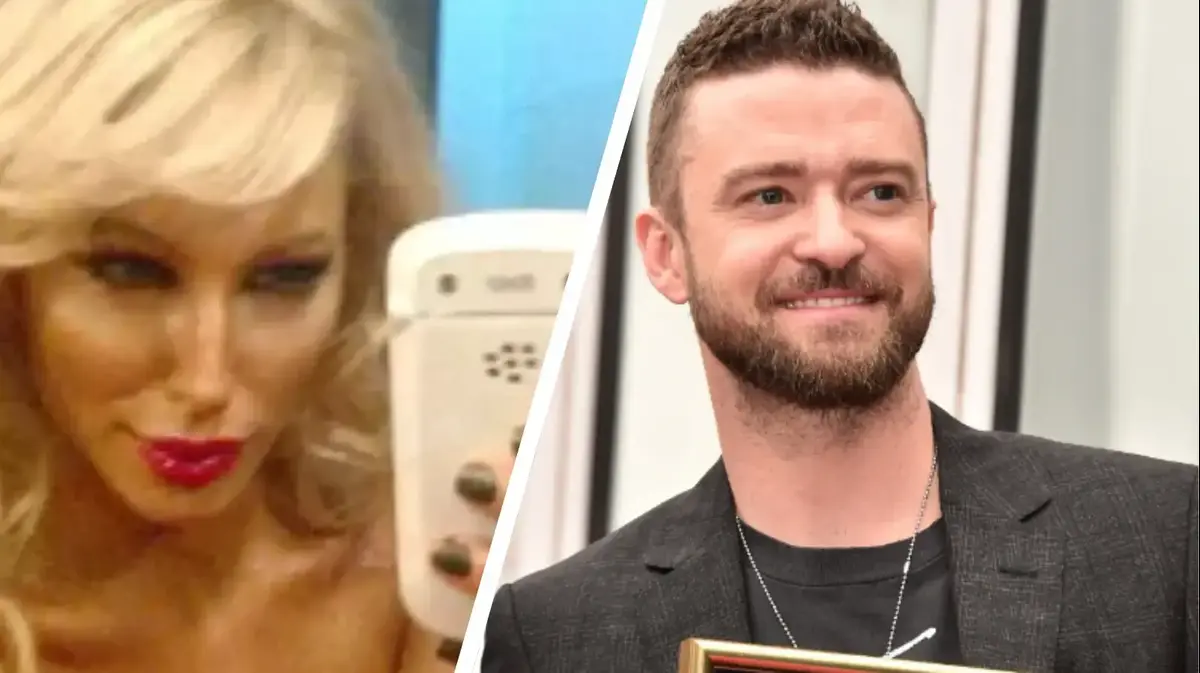The image of Britney Spears banging, enraged and with her head shaved, an umbrella against a paparazzi van is already part of popular folklore: the princess turned into a monster.
The documentary
Framing Britney Spears
, which premieres on Monday the 22nd Odyssey, intends to dismantle it from top to bottom.
How did Britney get there?
Who participated in his public derision?
And above all, why didn't anyone do anything to stop him?
The consensus response so far has been to hold the "system" accountable.
The industry that provides audiences with sexualized teen pop stars, the press that judges that eroticism, and the public that obsess over celebrities to the point of making them fall.
The wheel of liberalism dictates that if the public wants something it is legal to give it to them, that if the press offers something it is lawful to consume it.
"Spears personified America's psychotic contradictions around female sexuality: being virginal and sexual at the same time," says Adrian Horton in
The Guardian
.
On her first
Rolling Stone
cover
in April 1999, Spears was shown lying on the bed wearing a black bra and a Teletubbie under her arm.
"The mouse Pérez has brought him some tits," joked the presenter Conan O'Brien then.
Framing Britney Spears
shows interviews from the time in which grown men asked the 17-year-old if she was a virgin, why she practically performed in panties and if her breasts were authentic.
His reaction was always to laugh charmingly, justify himself and thank the journalist for the question.
"When other girls had breasts operated, they said 'yes, so what?'" Said her choreographer.
"But Britney was raised to lie about herself."
Actually, she lost her virginity at 14 to a boy from her village.
Spears' stylist warns in the documentary: "At some point in our lives, all women get tired of trying to systematically please others."
Britney did it in show code.
She began to respond aggressively to photographers who were besieging her.
He married in 2004 in a tracksuit that had
"sexy mama"
embedded in the back.
She had two children before she was 25. And, incidentally, she confirmed the prejudices that society has against girls like her: Britney Spears was a paddle, a whore and a bad mother who drove with her baby on her lap.
A
choni
who smoked non-stop and wore shirts that said "I'm a virgin but this shirt is old."
The public wished to exempt themselves from responsibility for having sexualized her.
But he stared, confirming just how right he was.
The gossip blogs had grown along with Britney.
Thanks to the Internet and reality TV, anyone could be famous and anyone anonymous could photograph them.
The most mundane activity could now be news.
Britney's photos in 2007 were worth a million euros.
In 2007, Britney accounted for 20% of the profits of paparazzi agencies.
The agency AP declared that anything that happened with Britney was news.
Photographer Daniel Ramos, who chased the star in those years, justifies himself by saying that "she always smiled at us, she never gave any signs that she wanted us to leave her alone."
Not even when he said "please leave me alone"?
"Sometimes she asked us to stop following her that day, but she never said 'leave me alone forever.'
In the worst of her mental breakdown, the cover of the
US Weekly
tabloid
was a photo of Spears with a single word: "Help me."
Nobody intended to.
Britney entering a gas station bathroom barefoot.
Britney getting out of the car without underwear.
Britney shopping with torn stockings and menstrual blood dripping down her leg.
It was a horror photorealistic about the collapse of a celebrity that, at the time, was assumed to be part of the
show
.
One day in 2004, in a shopping mall, Spears had a fit of hysteria, threw her Coke into the crowd, spat on the ground and yelled at a fan: “I don't know who you think I am, bitch, but I'm not that person".
On February 16, 2007, he shaved his head in front of 70 photographers.
She grunted that she was sick of strangers touching her hair: maybe if she stopped looking like Britney Spears they would leave her alone.
When he saw himself with his head shaved, he began to cry.
She got in the car and drove for 48 hours drinking Red Bull nonstop, terrified because she believed that demons were chasing her, that her cell phone charger was recording her thoughts.
Britney's mane reached a value of one million euros in bids on eBay, which canceled the auction because it could not verify that the hair was authentic.
In September, he was forced to stage a triumphant, premature and revealing return: a performance at the MTV awards.
She was clearly disoriented but smiling, she seemed to want everyone to see what we had done with her.
The press ridiculed his performance, his misplaced extensions and his overweight.
Perez Hilton, the blogger who drew penises in the mouths of celebrities, condemned her for "disrespecting fans."
Lately, works such as
Lorena
(the documentary about the woman who castrated her abusive husband in 1993),
American Crime Story
(which reconstructs the trial against OJ Simpson or the murder of Gianni Versace) or, in Spain,
The Crime of Alcàsser
and
Veneno
, are dedicated to deconstructing nostalgia.
And they show that those scandals had misogynistic, homophobic, racist or class implications that few stopped to consider at the time.
After
Veneno
, the Spanish reaction was loaded with condescension: "we couldn't do better."
After
Framing Britney Spears
, the American reaction is more to blame: we knew how to do better, but we didn't want to.
That is why the documentary has the texture of a
true crime
.
It's a parable about celebrity culture and the various forms misogyny can take: violence was ridiculing the overweight of a girl who had just given birth twice in a year;
The violence was that her boyfriend Justin Timberlake came out of the trailer where they first slept so that the tour operators could smell his fingers;
The violence was that rock singer Fred Durst described the lushness of his pubic hair.
Violence was ignoring the postpartum depression suffered by a 25-year-old girl who was harassed by hundreds of strangers who sought to photograph her in the most humiliating position possible.
And violence was that all that was part of the
show
.
Britney had several symptoms of a victim of sexual abuse and misogynistic assaults: self-destruction, irrational rebellion, low self-esteem, relationships with toxic men, desperate calls for attention.
His predator had been the public.
Glamor
magazine
, comedian Sarah Silverman or Justin Timberlake have already apologized on social networks for their role in the fall of Spears.
There is a movement, Free Britney, that seeks to vindicate her, with the mental consequences that she still suffers from those whirlwind years.
It is a step forward in the destigmatization of mental illness.
Also a perpetuation of the public's obsession with them.
From the wish that she be as one imagines her: a princess trapped in a castle waiting for someone (a judge, some fans, a documentary) to rescue her.
Nobody seems to see Britney Spears as an adult.











/cloudfront-eu-central-1.images.arcpublishing.com/prisa/KMEYMJKESBAZBE4MRBAM4TGHIQ.jpg)



